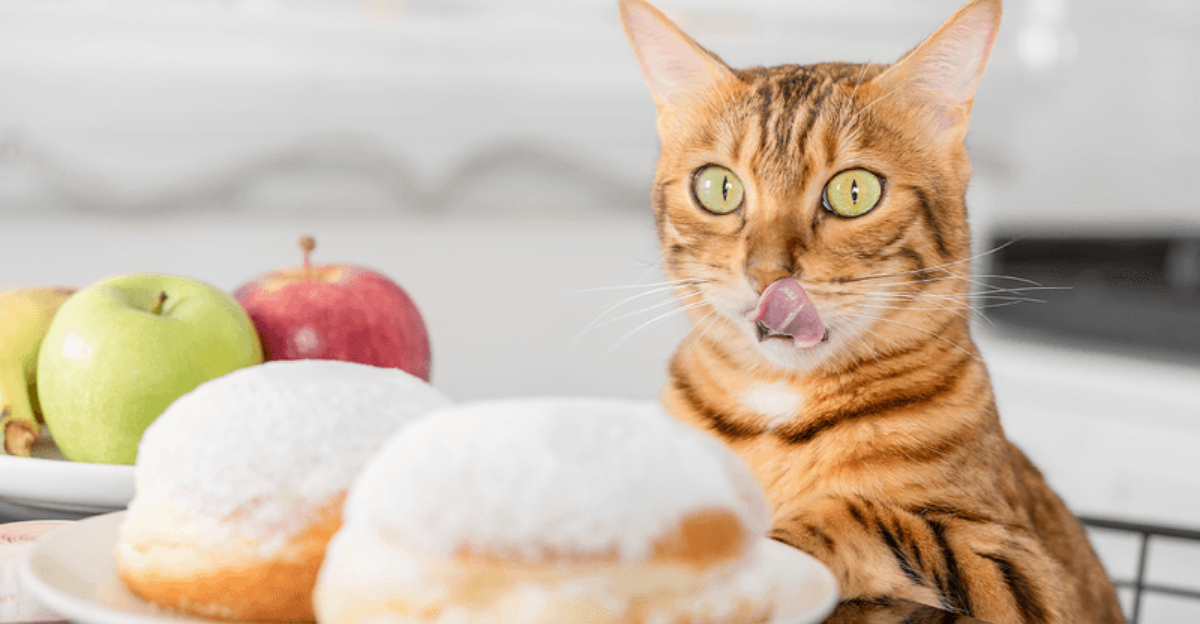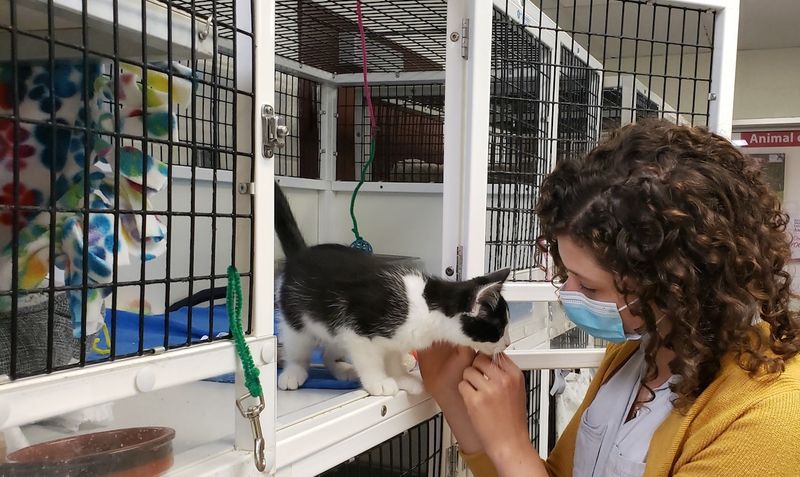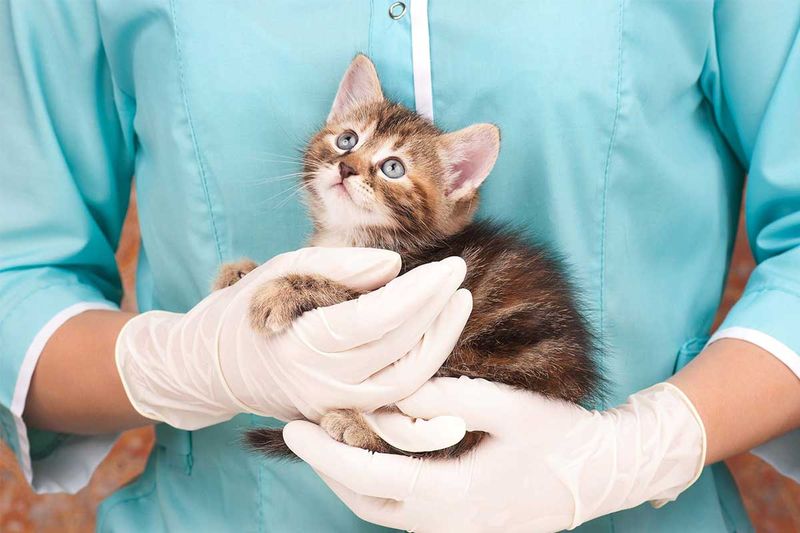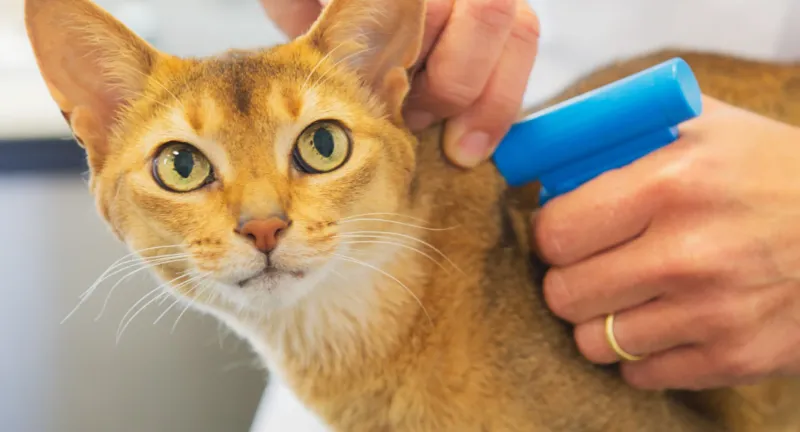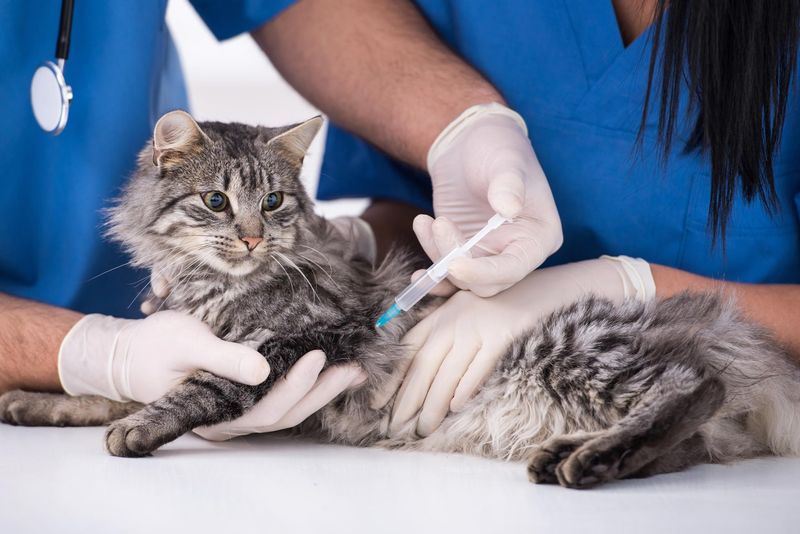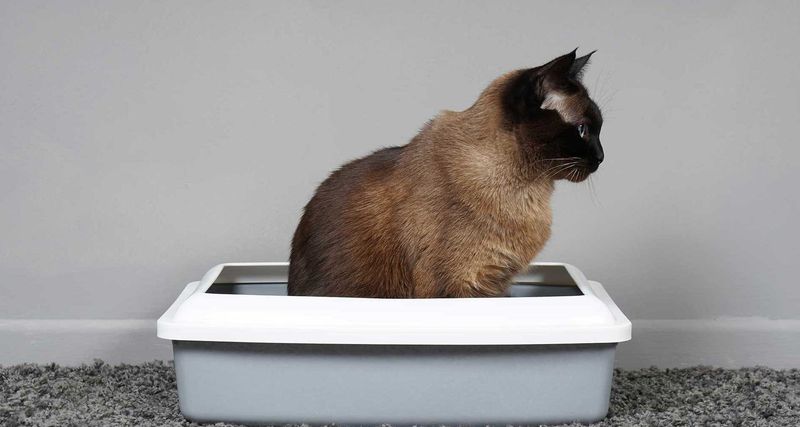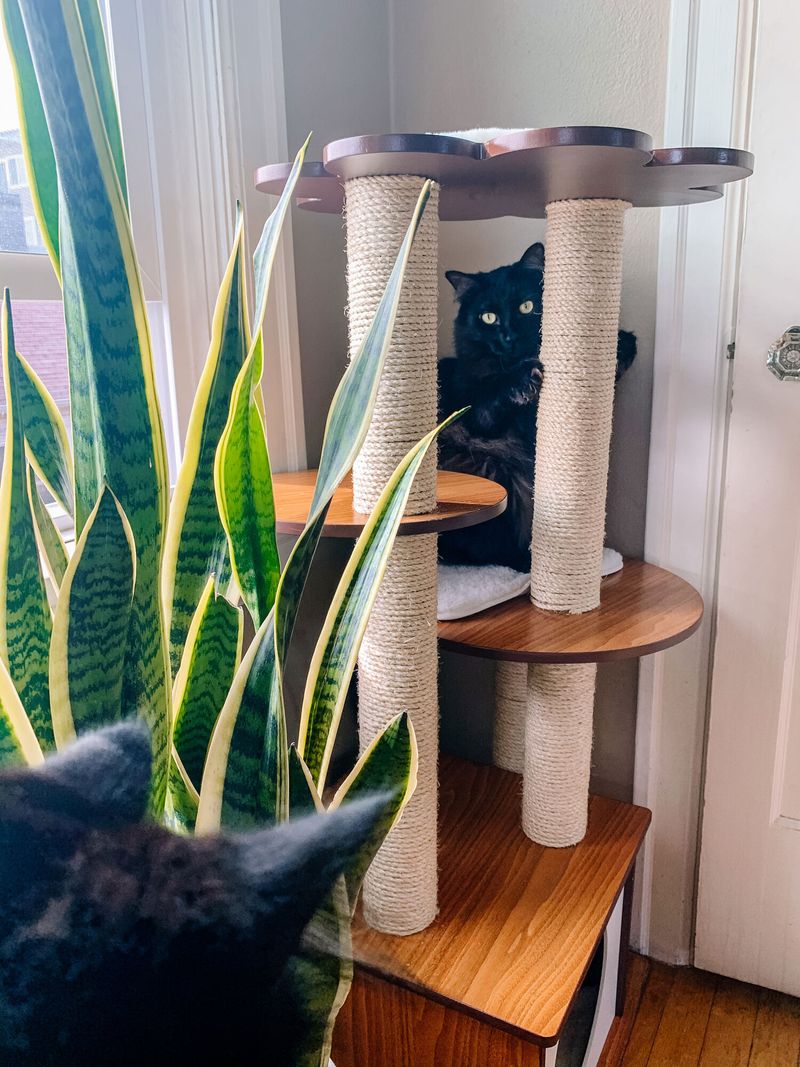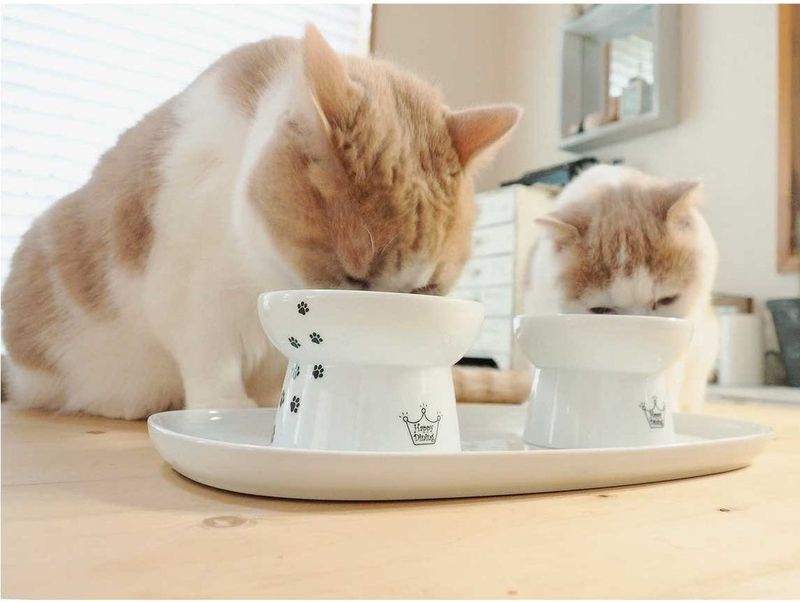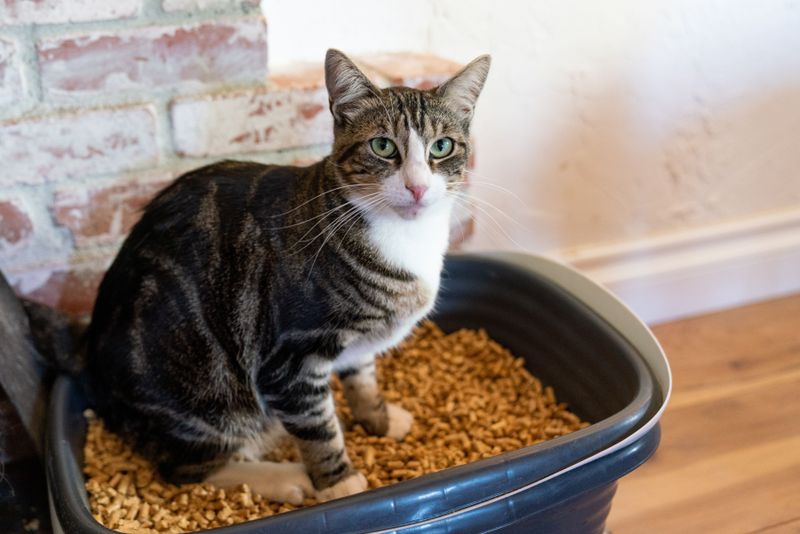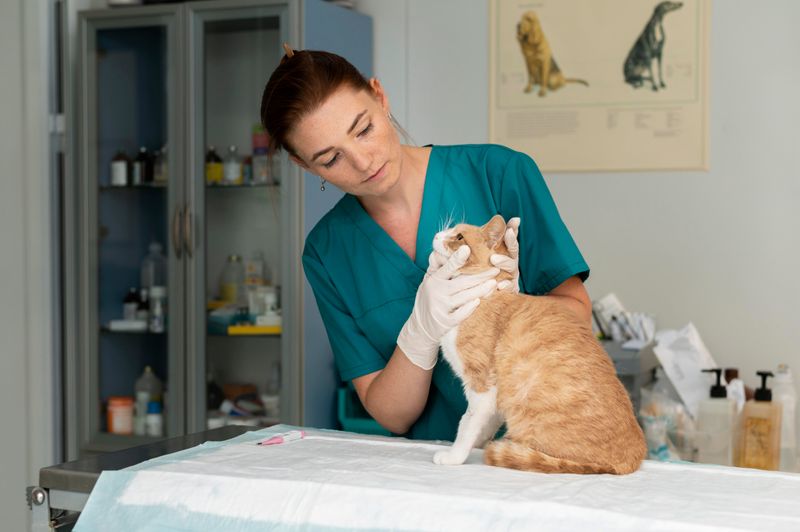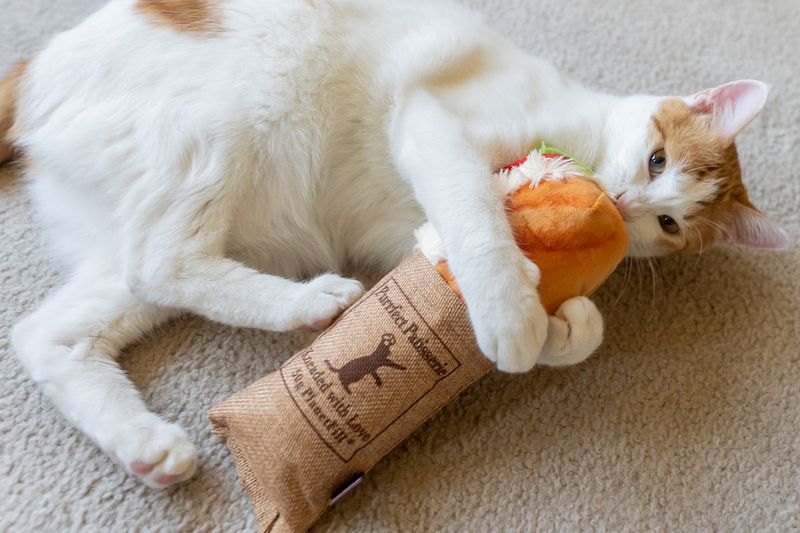📖 Table of Content:
- 1. Adoption Fee or Purchase Price
- 2. Initial Veterinary Exam
- 3. Spaying or Neutering
- 4. Microchipping
- 5. Initial Vaccinations
- 6. Litter Box & Scooper
- 7. Carrier
- 8. Scratching Posts & Cat Tree
- 9. Food & Water Bowls
- 10. Cat Food
- 11. Litter
- 12. Routine Veterinary Visits
- 13. Flea, Tick & Worm Prevention
- 14. Toys & Enrichment
- 15. Pet Insurance or Emergency Vet Fund
Having a cat in your home is an exciting and rewarding experience, but it also comes with important responsibilities. Ensuring your feline companion’s well-being requires thoughtful financial planning. Proper budgeting helps provide your cat with everything it needs for a happy, healthy life. By understanding the essential expenses involved, you can be better prepared to meet your pet’s needs without unexpected financial strain.
Cat ownership includes both one-time and recurring costs, each playing a crucial role in your pet’s care. Initial expenses such as adoption fees, veterinary check-ups, and essential supplies help set up a comfortable environment for your new pet. Meanwhile, recurring costs like food, litter, and routine vet visits ensure their ongoing health and well-being. Factoring in these costs ahead of time allows you to plan effectively and avoid surprises.
This guide highlights 15 key expenses every cat owner should consider when budgeting for their furry friend. Each expense is broken down to give insight into its purpose and importance. By understanding these costs, you can make informed decisions about your cat’s care while maintaining financial stability. Whether you’re a first-time cat owner or an experienced pet parent, knowing what to expect can help you provide the best possible life for your furry friend.
1. Adoption Fee or Purchase Price
Bringing a cat into your home involves upfront expenses. Shelters typically offer a more budget-friendly option, as their adoption fees often cover essential services like spaying, vaccinations, and microchipping. In contrast, buying from a breeder can be much pricier due to factors such as breed rarity and pedigree. The decision between adoption and purchase should take both financial and ethical considerations into account. Since these initial costs can vary greatly, thorough research and planning will help ensure that your new pet fits comfortably within your budget, making the transition into pet ownership a joyful experience.
2. Initial Veterinary Exam
A cat’s first veterinary visit plays a vital role in ensuring its health. During this appointment, the vet conducts a thorough examination to detect any hidden issues, including a physical check-up, dental assessment, and possibly initial tests. Discussions about vaccinations, diet, and grooming also take place. Building a relationship with a vet from the start supports long-term care and well-being. Setting aside funds for this visit is essential, as costs may include the examination fee as well as any necessary tests or treatments. Investing in this early check-up helps establish a strong foundation for your pet’s future health.
3. Spaying or Neutering
Ensuring your cat is spayed or neutered is a responsible choice for its long-term health. This procedure not only prevents unplanned litters but also lowers the risk of specific health issues and curbs problematic behaviors like spraying or aggression. The cost of surgery depends on factors such as location, age, and size, though many shelters provide it at a reduced rate within their adoption fees. Preparing for this procedure in advance promotes a healthier life for your cat while contributing to pet population control. As a one-time investment, it offers lasting benefits for both your pet and the community.
4. Microchipping
Keeping your cat safe becomes easier with microchipping, a reliable method of identification if they ever get lost. This tiny, permanent chip is implanted just beneath the skin with minimal discomfort. Should your cat stray, shelters and veterinarians can scan the chip to access your contact details, increasing the chances of a safe reunion. With a one-time fee, microchipping provides lifelong security and peace of mind. The procedure is quick, comparable to a routine vaccination, and widely available at vet clinics. Planning for this simple step adds an extra layer of protection, ensuring your pet’s safe return if needed.
5. Initial Vaccinations
Vaccinations are vital to guard your cat against common infectious diseases. The initial set of vaccines, given during the first few months of life, includes protection against feline distemper, calicivirus, and rabies. These shots are typically administered over a series of visits, allowing the kitten’s immune system to build up resistance effectively. Vaccination costs can vary, so check with local veterinary clinics for packages or promotions. This preventative measure is a critical part of early health care, forming a barrier against potentially deadly illnesses. Including this in your budget ensures your cat grows up strong and healthy.
6. Litter Box & Scooper
A proper litter box setup is essential for your cat’s comfort and hygiene. Selecting the right size and type of litter box can influence your cat’s bathroom habits. Ensure the box is easily accessible and spacious enough for your cat to move around. A quality scooper is vital for maintaining cleanliness and odor control. While the initial purchase is a one-time expense, maintaining it with regular cleaning ensures a fresh environment. Consider options like self-cleaning boxes for added convenience. Planning for this helps manage your pet’s day-to-day needs efficiently, contributing to a happy household.
7. Carrier
A cat carrier is indispensable for trips to the vet or travel. Choose a carrier with ample ventilation, safety features, and comfort for your cat. Hard-sided carriers offer more protection, while soft-sided options are easier to store. Investing in a quality carrier ensures your cat’s safety during transit, making travel less stressful for both of you. This one-time purchase is a key part of your cat’s essential gear. If your cat is particularly anxious, consider carriers with additional features like top-loading doors or calming scents to ease their travel experience further.
8. Scratching Posts & Cat Tree
Ensuring your cat has access to scratching posts and cat trees supports both physical exercise and mental engagement. Scratching is a natural behavior that helps maintain claw health and allows cats to mark their territory. Investing in designated scratching areas prevents furniture damage while fulfilling this instinct. Vertical spaces like cat trees encourage climbing and exploration, key aspects of feline well-being. With choices ranging from basic posts to multi-level structures, this one-time investment provides lasting benefits. Not only does it safeguard your home, but it also enhances your cat’s environment, keeping them stimulated, active, and happy.
9. Food & Water Bowls
Choosing the right food and water bowls contributes to your cat’s daily comfort. Opt for materials like stainless steel or ceramic, which are durable and easy to clean. Ensure the bowls are stable to prevent spills, and sized appropriately for your cat. Elevated bowls can aid digestion and are great for older cats. This one-time investment supports daily nutrition and hydration, crucial for your cat’s health. Consider bowls with non-slip bases or ones designed to slow down eating if your cat tends to gobble their food. Perfect for maintaining a neat and tidy feeding area.
10. Cat Food
Selecting the right cat food is essential for a balanced diet. High-quality options include wet and dry food, catering to your cat’s specific needs by age, weight, or health condition. Regularly feeding premium food supports healthy growth and prevents future health problems. Costs vary significantly, influenced by brand and nutritional content. To manage expenses, consider buying in bulk or subscribing to delivery services. Ensure to consult with your vet to choose the best diet plan. Adequate nutrition is a recurring expense and a cornerstone in maintaining your cat’s overall health and vitality.
11. Litter
Regular litter replacement is key to a clean and odor-free home environment. Numerous types of litter exist, including clumping, non-clumping, scented, and unscented, each with unique benefits. Selecting the right type depends on your cat’s preferences and any special needs. While litter is a recurring cost, buying in bulk can reduce expenses. Keep the box clean to ensure your cat’s comfort and avoid accidents outside the box. Consider environmentally friendly options for a sustainable choice. Proper litter management contributes to both your cat’s happiness and the overall cleanliness of your home.
12. Routine Veterinary Visits
Keeping up with regular vet visits plays a key role in maintaining your cat’s health. Annual check-ups help identify potential issues early, allowing for timely treatment and prevention. These appointments typically cover vaccinations, dental assessments, and weight monitoring. Since costs can differ based on location and services required, planning for these recurring expenses is important. Building a strong relationship with your vet ensures consistent care and may reduce the risk of expensive emergency treatments. Prioritizing routine veterinary visits contributes to your cat’s overall well-being, promoting a longer, healthier life.
13. Flea, Tick & Worm Prevention
Preventing parasites like fleas, ticks, and worms is crucial for your cat’s health. Regular treatments can include topical applications, oral medications, or collars designed to ward off these pests. The frequency of treatments varies, often monthly or quarterly, depending on the product and your vet’s advice. Costs can add up, so include this in your recurring budget. Keeping up with these preventatives minimizes health risks and discomfort for your cat. Consult with your vet to select the most effective products, ensuring your cat is protected year-round from these common parasites.
14. Toys & Enrichment
Engaging your cat with toys and enrichment activities is essential for both mental stimulation and physical exercise. Rotating toys frequently helps maintain their interest and prevents boredom. Choices range from basic items like balls and feather wands to interactive puzzle toys that challenge their instincts. Since toy prices vary, setting aside a small monthly budget ensures a steady supply of new entertainment. Encouraging natural behaviors such as hunting and pouncing through play can reduce stress and anxiety, leading to a more content and well-adjusted pet. Supervised playtime enhances safety while maximizing fun and engagement.
15. Pet Insurance or Emergency Vet Fund
Preparing for unexpected medical costs is essential, making pet insurance or an emergency fund a smart investment. Pet insurance helps cover a portion of veterinary expenses based on the chosen plan, while an emergency fund allows you to set aside savings for sudden health issues. Evaluating both options in relation to your budget and your cat’s needs can guide the best decision. Insurance premiums vary, so researching providers ensures you find a suitable plan. Alternatively, consistently saving for emergencies provides financial flexibility. Taking proactive steps with either approach ensures you’re ready for unforeseen medical expenses, protecting your cat’s well-being.
